Video Content Marketing in 2025: What Actually Works (And What Doesn’t)


Most teams jump into video with good intentions and end up overwhelmed, off-track, or stuck in the edit folder. This guide breaks down what actually works in video marketing today (with real examples) and helps you build a strategy that grabs attention and earns its place.
Video is everywhere. Your competitors are doing it, your feed is full of it, and every video marketing best practices list includes it. But to be honest, most businesses are doing video badly. In 2025, 91% of businesses now use video as a marketing tool, highlighting just how crowded (and competitive) the space has become.
So why does so much of it fall flat?
Because while it’s never been easier to create video content, it’s also never been harder to create video that works. That means a strategy that builds awareness, earns attention, supports your sales cycle, and doesn’t drain your entire digital marketing budget. And our team at TodayMade can help you do it right.
This guide is here to cut through the hype. You’ll learn what actually works in video content marketing today, and what’s just noise. As a bonus, we’ll share practical frameworks, insights from real marketers, and effective marketing video tips to help you make video a growth driver in 2025.
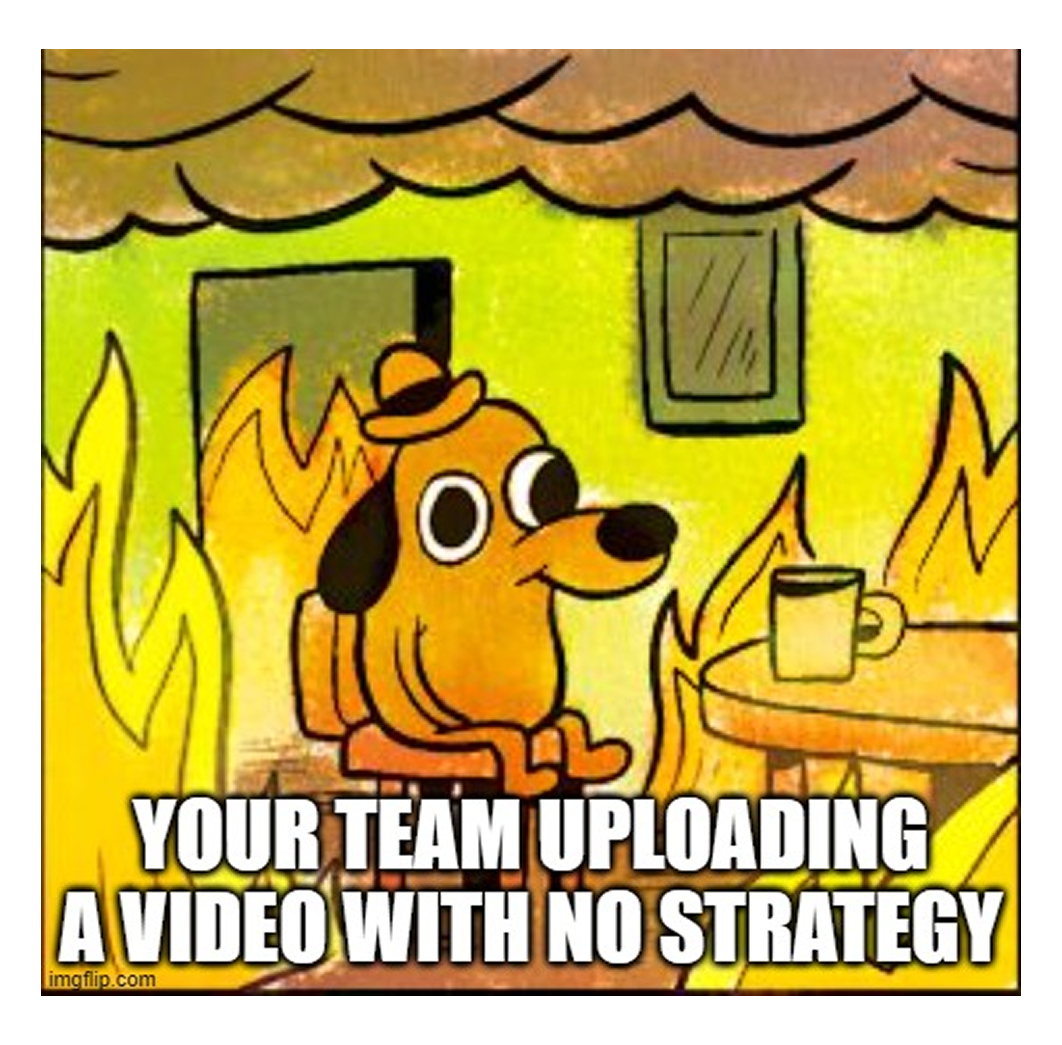
At its core, video content marketing means using video to educate, engage, and convert your audience at every stage of the buyer’s journey. In this case, you’re tasked to create content that solves real marketing challenges: introducing a product or service, explaining a complex feature, showcasing customer results, or even just stopping the scroll with something entertaining.
And no, it isn’t just reserved for influencers or massive B2C brands. Today, the video content creation is more accessible than ever, no matter your industry or company size. SaaS teams, consultants, and niche service providers are all incorporating video to make their messages more human and more memorable.
Let’s make it clearer with some real-world examples of digital video marketing:
→ User-generated content (UGC). This customer-created content boosts social proof and lowers production costs.
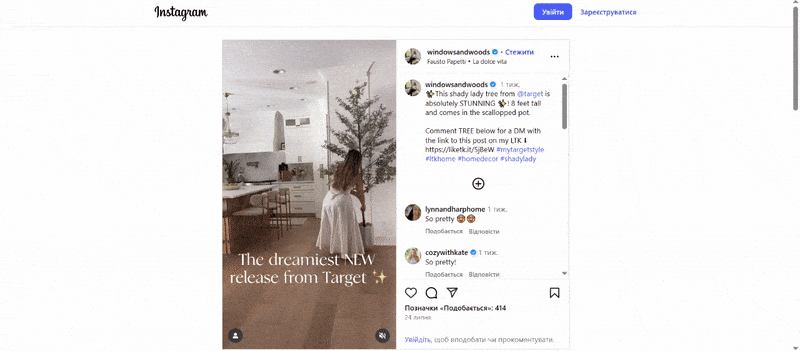
→ Explainer videos. Short animations or walkthroughs that video marketers use to introduce your product or concept in under two minutes.
→ Short-form content. Reels, TikTok, and YouTube Shorts are able to hook attention fast and ride algorithm waves.
.png)
→ Product demos. These are screen recordings or narrated tours aimed at showing how your solution actually works.
→ Livestreams and webinars. Many video platforms support real-time broadcasting, making them ideal for product launches, deep dives, and live Q&A.
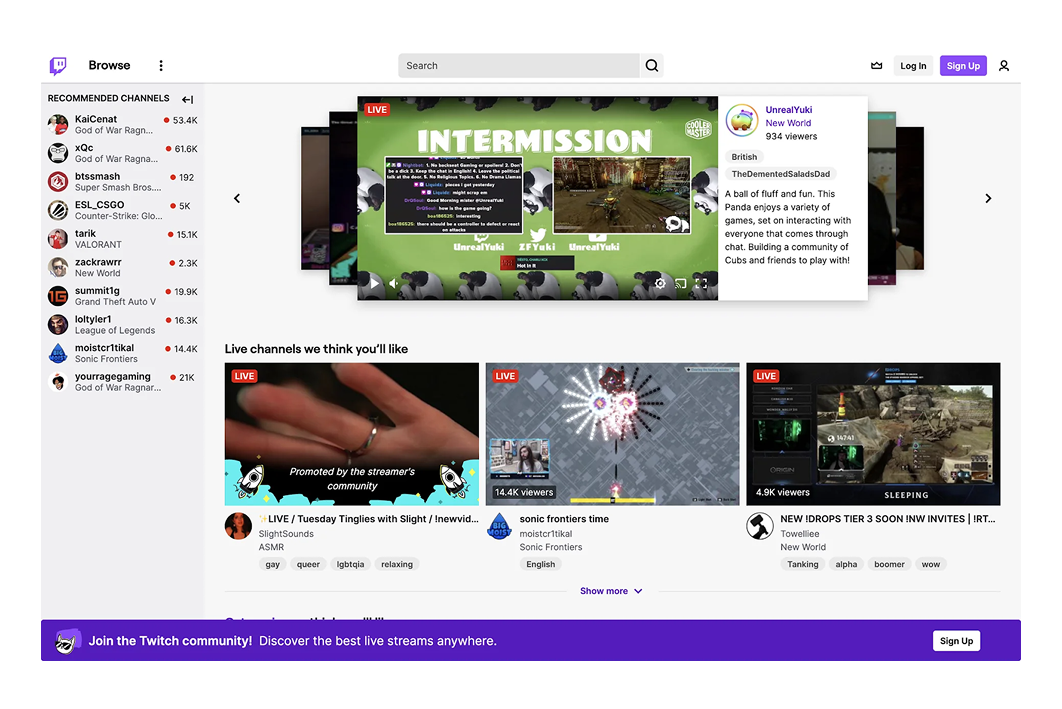
→ Testimonials and case studies. Real customers share how your product solved a problem, delivered results, or helped them succeed.
→ Interview videos. Simple, face-to-face conversations with team members, customers, or industry experts that build credibility and surface insights.
In short, if you’re creating video with a strategic purpose — to communicate, to connect, to convert — you’re doing online video marketing.
Now let’s talk about why it works so well… and why it sometimes completely fails.
Let’s start with the good news: video works. It works because it communicates faster, connects deeper, and converts better than most other formats. In a world overloaded with content, the importance of video marketing can’t be ignored. When done right, it:
But despite all its advantages, the video creation process also fails. And it fails more often than marketers like to admit. Here are some key reasons for it:
As you can see, video marketing for business works when it’s built on a real strategy, solves a real problem, and is supported by a system, not a wish. Otherwise, it becomes one more abandoned asset buried in your CMS.
It used to be that a polished brand video with a cinematic voiceover was the pinnacle of video marketing. Teams would spend weeks (or months) on production, only to upload it to YouTube and hope for views. Fast forward to 2025, and that video content marketing strategy feels like a relic.
Today, the videos that actually perform don’t look like commercials. They look like something your audience might film themselves — raw, vertical, sometimes messy, but undeniably human. The rules have changed, not just because platforms like TikTok and Reels rewrote them, but because audience behavior did too.
We’ve been watching closely, and here’s what’s genuinely working right now.
Forget the $20k brand anthem videos. What’s winning now are short clips that look like they were recorded in someone’s home office or hallway. Instead of scripted storyboards and flawless lighting, a founder may casually explain “why we built this”, while a product manager can walk through a UI update via screen recording.
These videos feel more trustworthy because they don’t scream “ad.” And for brands, they give your product a much-needed human touch.
You don’t need a set, a script, or a studio. You need a person with something valuable to say, and the willingness to hit “record.” That’s the kind of authenticity that stops the scroll.
Instagram Reels, YouTube Shorts, and TikTok are social media platforms that continue to dominate attention with short-form video content. Many brands are publishing 30–60 second verticals to educate or entertain, especially for TOFU.
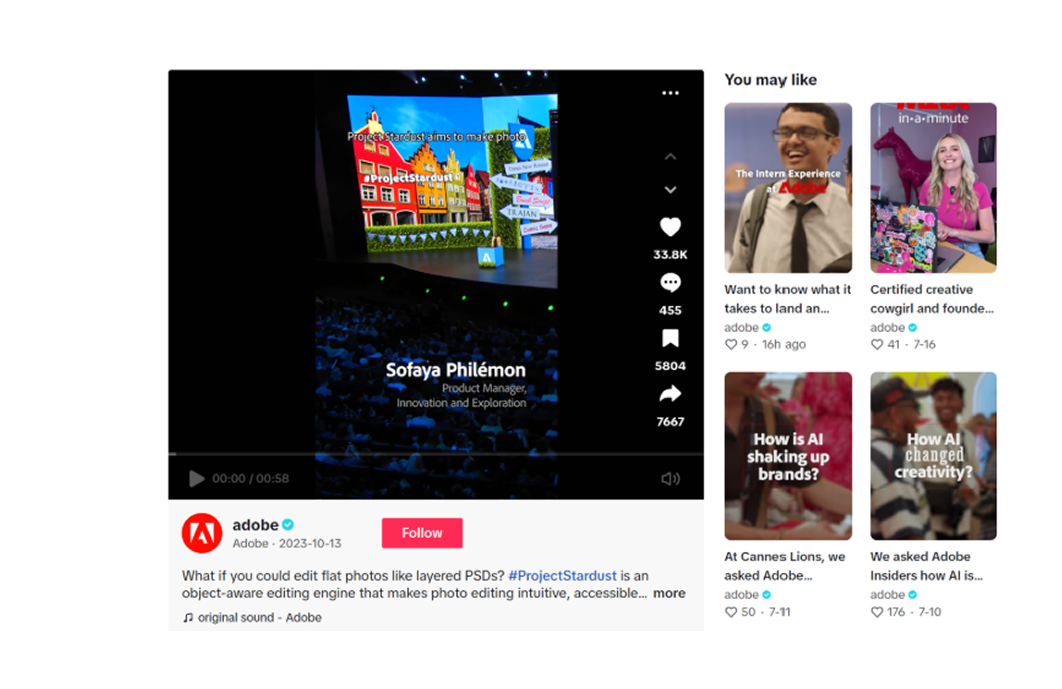
What’s working:
→ “Before/after” mini product demos
→ 1-question customer interviews
→ Quickfire tips (e.g., “One feature most users overlook...”)
→ Micro-stories (Why we built X, what our users said, behind-the-scenes dev moments)
In social media video marketing, trending topics can pull 10k+ views organically when hooks are strong and edits are snappy.
We touched earlier on user-generated content as a powerful video footage, and in 2025, the concept has evolved beyond basic customer testimonials. More and more, brands are treating UGC as an opportunity for ongoing conversation. And that shift makes all the difference.
We’re seeing content that feels live, unfiltered, and reactive. A customer might record a video response to your update. A product manager could post a reaction to a competitor’s feature launch. Even founders are jumping into the comments section by filming themselves responding to questions from Reddit or live chat.
What ties all of this together is a sense of immediacy. These videos become part of a dialogue. They show your audience that someone’s paying attention. And that unscripted responsiveness builds more trust than any glossy asset ever could.
Top-performing marketing teams aren’t creating more videos, they’re creating smarter video stacks. A single long-form piece can fuel content across formats for weeks. Let’s clarify this approach in the next example:
1. Record a 10-minute Loom breaking down a new feature.
2. Clip it into 3 YouTube Shorts.
3. Pull 1 quote for a carousel.
4. Drop the audio into your next podcast.
5. Embed the main clip in a support doc or landing page.
Plus, we can’t say it, but this is exactly where TodayMade helps. Our team can turn one well-designed video asset into a scalable, multi-platform content engine, helping your company drive more conversions with less effort.
AI tools like Descript, Runway, and Synthesia are speeding up script editing, background swaps, and even avatar-based narration. But they’re not replacing human creativity.
That said, AI still struggles where it matters most: nuance, clarity, and tone. In a space where trust is everything, fully generated content often misses the mark. What works best is using these tools to handle the tedious tasks, such as clipping intros, repurposing long-form videos, or localizing content, while letting real people drive the message and creative direction.
It’s also worth being cautious. Overusing avatars or synthetic voiceovers can quickly feel cold, generic, or off-brand. There’s nothing wrong with automation, but when your goal is to connect with an audience, the human element still carries the most weight.
Even in business, humor and irreverence are gaining traction, especially when used with intention. These are short skits explaining “what happens when a tool breaks” or visual metaphors that explain abstract concepts (e.g., security, integrations, automation).
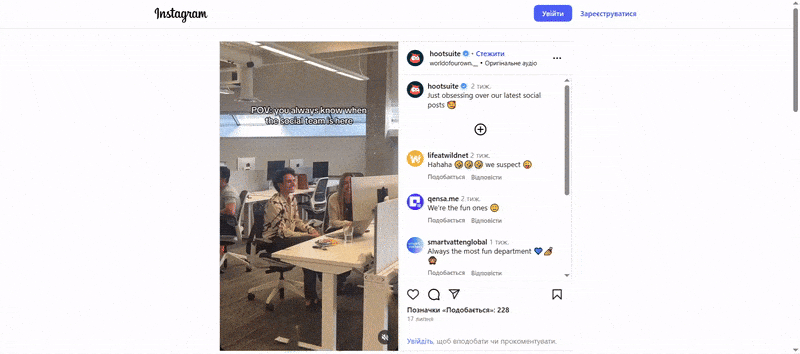
But there are times when your product is too “serious” for memes. In those cases, try weaving humor into the way you present the content instead. A sharp caption, an unexpected thumbnail, or a playful CTA can signal personality without diluting your message.
If you’ve ever found yourself uploading a video at 11:53 PM because “we promised it would go out today,” you’re not alone. Many teams get excited about the benefits of video marketing, dive in, and quickly realize they’re knee-deep in scattered files, inconsistent messaging, and zero plan for distribution.
What can save you from these unpleasant situations is having a solid video content strategy that makes every piece of content work toward a goal. And of course, we couldn’t keep that plan to ourselves. Let’s break it down here.
Before you ever hit “record,” you need to answer one question: What’s this video supposed to do?
It sounds obvious, but this step is where most teams get tripped up. Someone has an idea, the team gets excited, and suddenly you’re spending three weeks editing a video that no one knows how to use, or worse, why you made it in the first place.
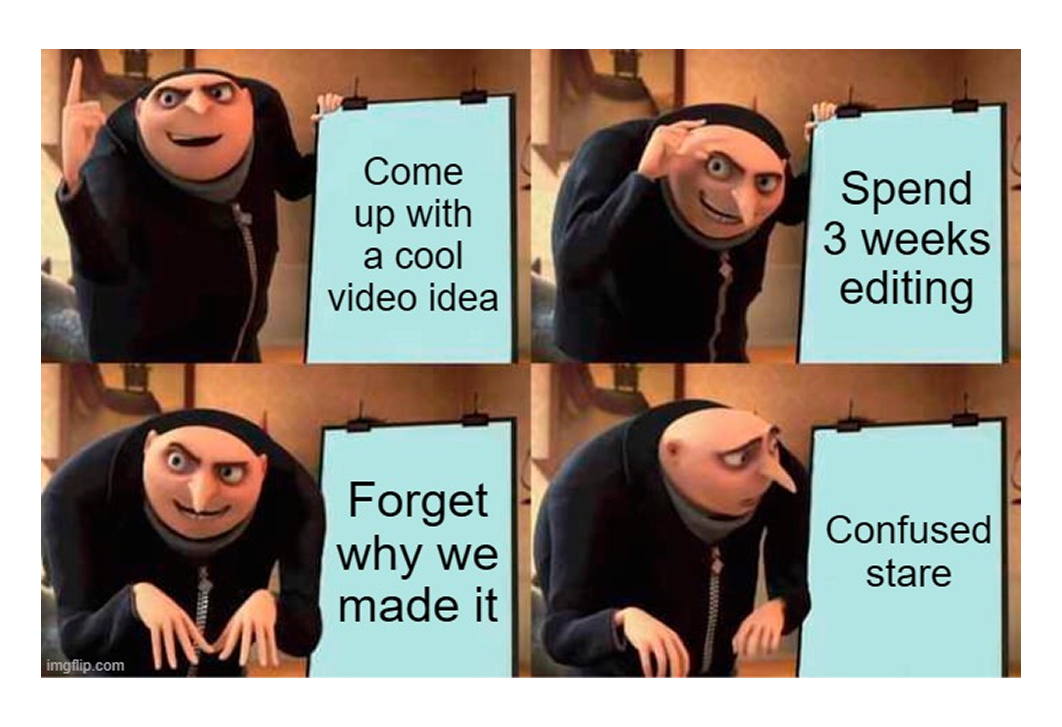
The clearest path to a strong video is knowing what outcome you’re aiming for. Maybe it’s to get more people to sign up for a free trial. Or maybe it’s just to introduce your brand story to the right people for the first time. That decision — the “why” — quietly shapes everything else: what the script says, how long the video is, where it gets published, and how you’ll measure if it’s working.
There’s a big difference between a helpful product walkthrough for current customers and a 30-second teaser meant to stop someone mid-scroll. But that difference only matters if you define it upfront.
Treat every video like a tool. If you don’t know what job it’s supposed to do, it’s probably not going to do much at all.
Once you’ve defined the goal, the next question is: Who exactly are you making this video for? Not in a broad “our target users are marketers” kind of way, but in a specific, human, almost uncomfortable level of detail.
Because here’s the truth: vague audiences lead to vague content. And vague content doesn’t convert — it floats.
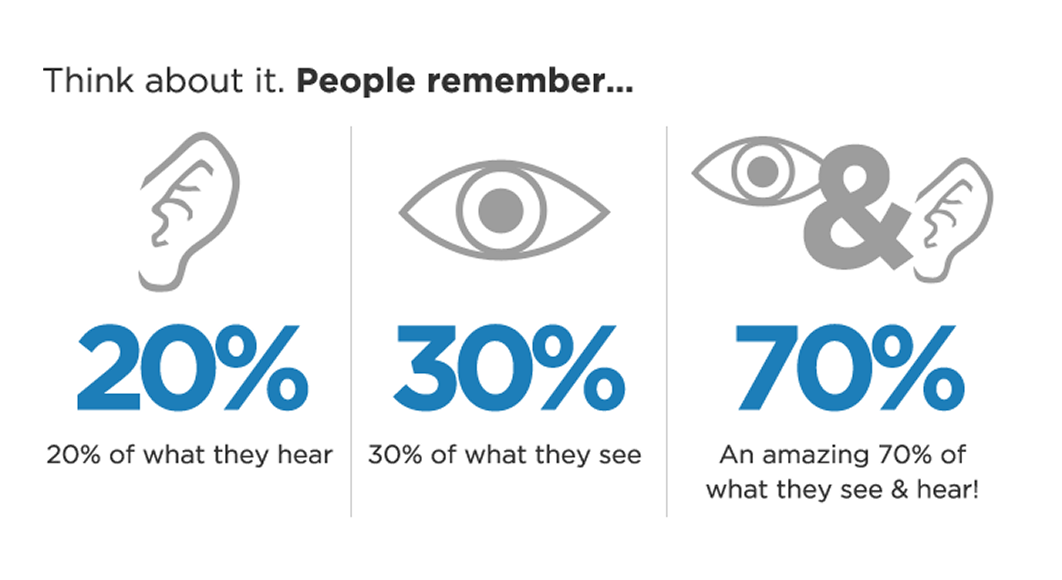
To create something that lands, you need to understand what your target audience cares about right now. What are they struggling with? What are they trying to achieve? What kind of content are they already engaging with and where?
For example, if your audience is early-stage founders looking for traction, you don’t need to explain what a product demo video is — you need to show them how to make one that doesn’t suck. If you’re speaking to enterprise buyers, a casual “funny” TikTok might fall flat, but a sharp testimonial from a peer could spark real interest.
This is also where format, tone, and platform start to take shape. A tutorial for Twitter feels different than the one for LinkedIn. A how-to video hits differently when it’s designed for a product manager vs. a first-time user.
So, before you even touch the content marketing itself, dig into the context. The better you know your audience, the easier it becomes to make content they’ll actually care about — and more importantly, act on.
You’ve got a goal. You know who you’re speaking to. Now it’s time to figure out what you’re going to say and how to make a successful marketing video without burning out.
This is where content pillars come in. They are the core themes or storylines that your videos will orbit around. Instead of starting from scratch each time, you’re working from a structure, one that’s built around the problems your audience actually wants to solve.

Let’s say you’re a company targeting product managers. Your content pillars might include product walkthroughs, customer stories, and behind-the-scenes feature breakdowns. Everything you produce maps back to one of those themes, so your messaging stays sharp and your production doesn’t turn into chaos.
This kind of structure is what separates teams that publish one-off content from those that build real momentum. It also helps you avoid the “random acts of content” trap, where videos feel disconnected, and no one really knows what the next one should be about.
And here’s the best part: once your pillars are set, you can start layering in formats. One pillar might work great as a talking-head video, another as a screen-recorded demo, another as a UGC-style clip. But the foundation stays the same.
Even the greatest idea can fall flat if the video itself doesn’t flow. And no, this doesn’t mean storyboarding every frame. But it does mean knowing how to guide your audience’s attention, from the very first second to the last click.
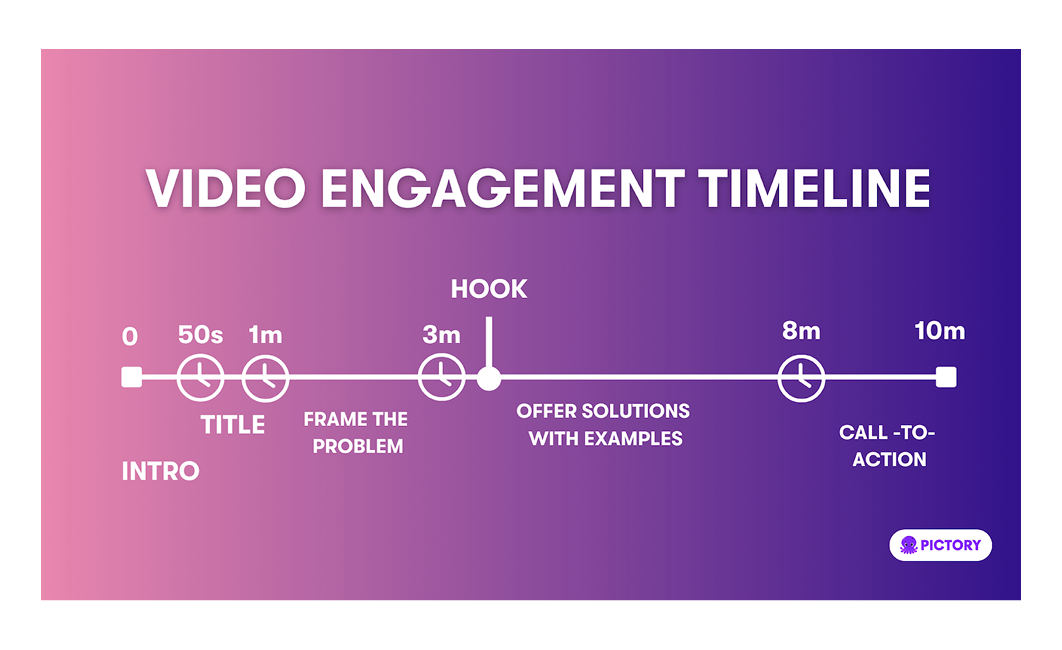
Among the tips for video marketing, the smartest one is to start with a hook. That’s your job in the first 3–5 seconds: to make someone stop scrolling, keep watching, or lean in. It could be a bold statement, a relatable question, or even a pattern break that makes people go, “Wait, what is this?”
Once you’ve got their attention, it’s about delivering value (fast!). Show the product. Tell the story. Get to the point. This middle section is where most videos either shine or lose steam, especially if they drift off-topic or start over-explaining.
And finally, don’t forget the CTA, even if it’s subtle. That could mean asking the viewer to book a demo, check out a new feature, or simply follow your brand for more content. But the important thing is to guide them toward the next step. Otherwise, you’ve just created a cool clip… that doesn’t do anything.
Nothing kills momentum faster than scrambling to finish a video the night before it’s supposed to go live. It’s stressful, quality slips, and eventually, the whole initiative fizzles out because no one wants to repeat that chaos.
The fix? Don’t just plan content, build a buffer.
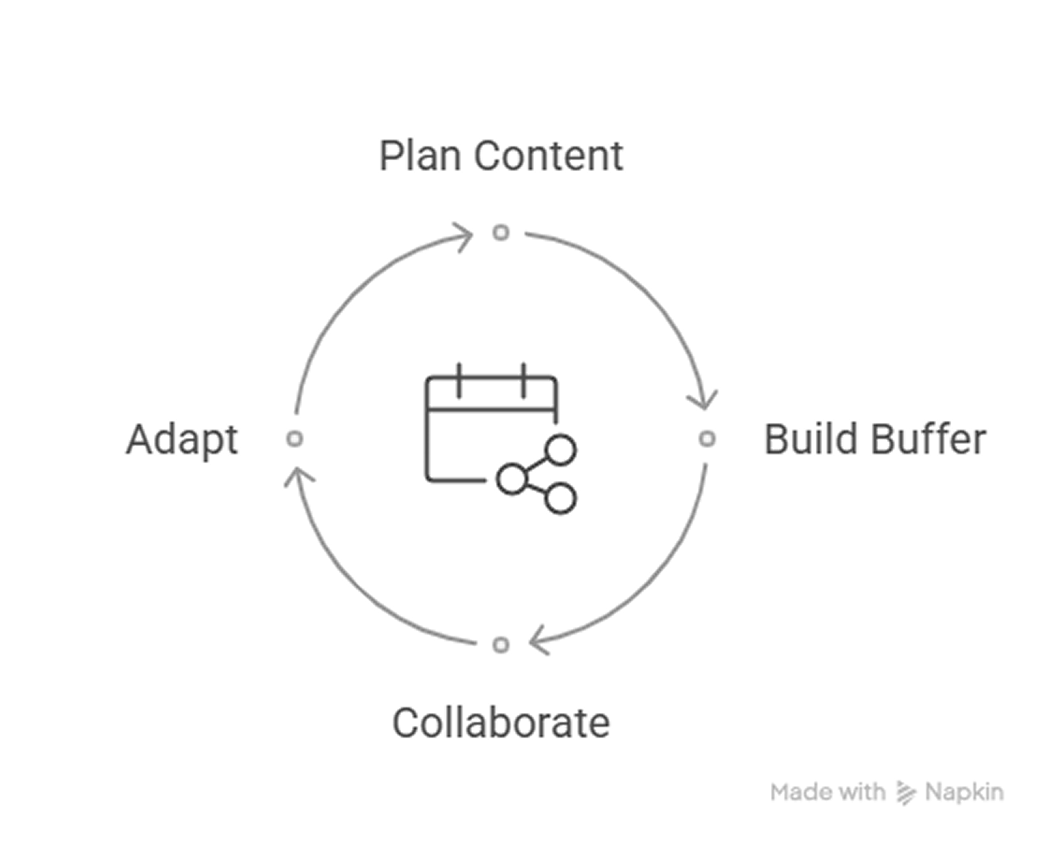
That might mean blocking out a single day each month to batch-record multiple videos. Or it could look like creating a simple “evergreen library,” such as short clips, FAQs, or product intros, that you can pull from when your calendar gets tight. The point is to give yourself breathing room so strategy doesn’t turn into survival mode.
This approach also makes collaboration smoother. Designers have time to prep thumbnails or layouts. Writers can shape better CTAs. And if something needs to change, a last-minute product update or a shift in messaging, you’re not stuck editing under pressure.
You’ve put time and effort into making a great video, and now you shouldn’t let it die in a lonely YouTube upload with no context, no promotion, and no content strategy. Distribution channels aren’t an afterthought. They are the second half of the plan.

Where your video lives must depend entirely on what it’s meant to do. If it’s educational, maybe it belongs on YouTube, embedded in a blog, and chopped into clips for email marketing. If it’s a product teaser meant to drive awareness, then TikTok, LinkedIn, or Instagram might be your best bet.
It’s also about how the content is delivered. That same video might need different versions across platforms: subtitles for Instagram, a square format for LinkedIn, a vertical cut for Shorts.
The smartest teams build mini playbooks. For every video asset, they already know where it’s going, how it’s being cut, and what CTA it’ll include on each platform. That level of clarity is what turns video from a “nice extra” into a distribution engine.
Our main advice is not to make content and then figure out where to post it. Know the destination before you even start rolling.
Once the strategy sounds doable, execution comes with its own set of pain points. Budget, bandwidth, internal approvals, “we’re not camera people” vibes… every team hits these roadblocks.
And if you’re the person pushing for video footage inside your org, you’ve probably heard one (or all) of these before. That’s exactly where the following video marketing tips will come in handy.

The assumption is always that video is expensive. And to be fair, it can be, if you’re hiring actors or starting from scratch every time. But what actually drains resources isn’t the video itself. It’s the lack of a repeatable process.
The fix is to build video systems, reuse layouts, create a motion graphics kit, and record extra B-roll while you’re already set up. You can also keep a backlog of ideas that fit your existing content pillars, so you’re never stuck in the “what should we make?” zone.
In the digital business world, nothing stays the same for long. Your product UI changes. The onboarding flow gets revamped. Suddenly, that product walkthrough you filmed two months ago is outdated.
This is where most teams trip: they treat videos as finished, final assets. But the smarter approach is to treat video content as modular. Record the voiceover separately from the screen recording. Keep intros, explanations, and UI shots in different files. That way, when something changes, you don’t have to redo the entire thing, just swap the part that needs updating.
Some companies have in-house creative teams with editors, animators, and a designated video lead. Others… have a marketing manager with iMovie and a Canva Pro account. The gap between idea and execution is huge, and it gets wider when your team is already stretched thin.
What often helps is not outsourcing everything, but finding a hybrid rhythm. Maybe you keep scripting and messaging internally, so the voice stays sharp. Then partner with someone outside to handle editing, motion design, or repurposing. That division of labor protects your strategy while lightening the production load.
For every team with a charismatic founder who loves the spotlight, there are five more where everyone freezes as soon as a webcam turns on.
And that’s okay, because being good on camera isn’t about being flashy. It’s about being clear, conversational, and honest. Start small. Try a screen recording with voiceover. Or have a team member talk through a product update without worrying about perfect lighting or delivery.
The point is to build trust, because no one trusts a brand that’s afraid to show its face.
You hit publish. Views start ticking up. Someone on the team drops a Slack message: “Nice — it’s at 1,200 already!” It feels good. But then what?
This is where a video content marketing plan often falls into a trap — chasing vanity KPIs. Views, likes, even comments can feel like proof of success, but they don’t always tell the full story. The real question is: Did the video do what it was supposed to do?
That’s why measurement has to match intent. Here’s how to think about it:
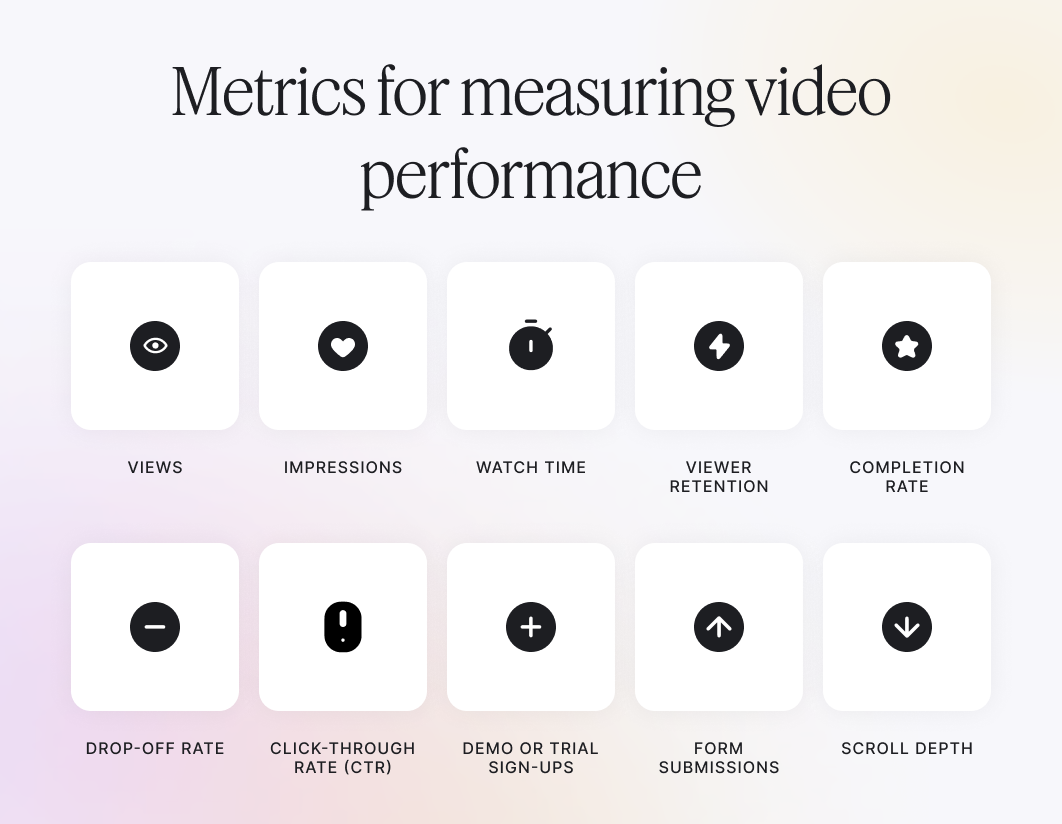
Many platforms provide access to this data, including YouTube Analytics, Google Search Console, and LinkedIn’s native insights. The real win is connecting those metrics to the business outcome. Embed videos on key pages, track scroll depth, and layer in heatmaps or session recordings if needed.
And don’t forget the invisible wins: a sales rep using your explainer in a pitch, or a customer saying, “We finally understood it after watching your video.” That doesn’t show up in analytics, but it matters just as much.
So yes, celebrate the views if you want to. But let’s not stop there.
Video is a powerful tool, but it doesn’t automatically bring in leads or make your product go viral. And like anything else in marketing, its impact depends on how you use it.
For some teams, it’s a no-brainer. They can kick off production quickly and enjoy the video marketing benefits without too much friction. But for others, it’s more of a challenge. The internal team might lack the skills, resources, or time, leading to a slower process, frustration, and results that don’t quite land the way they should.
The key is to have the desire to do it and build a video marketing guide you can actually stick with. And if your team is ready to take video seriously but doesn’t want to burn out, that’s exactly where TodayMade comes in. Quietly helping brands scale smart, stay consistent, and make video feel doable again.


